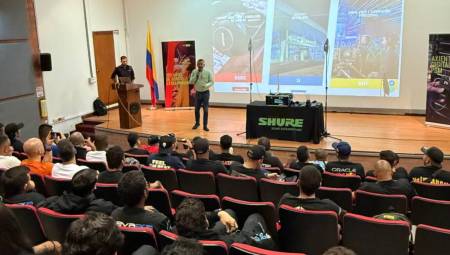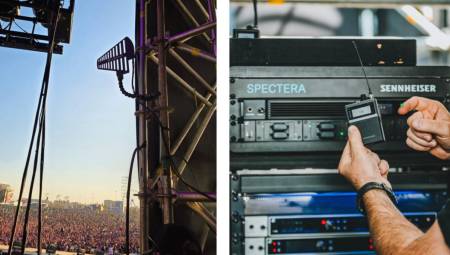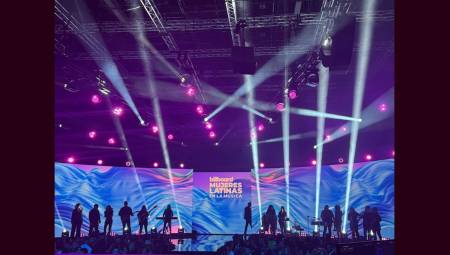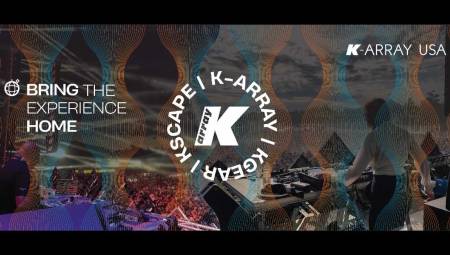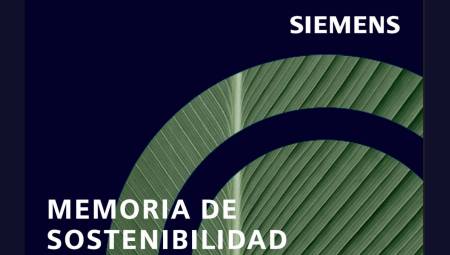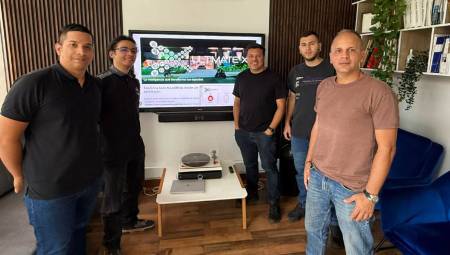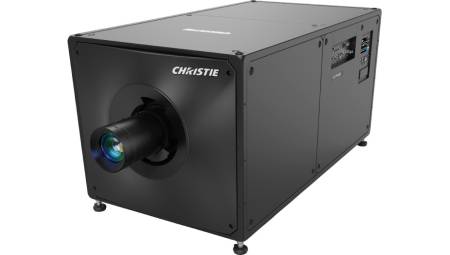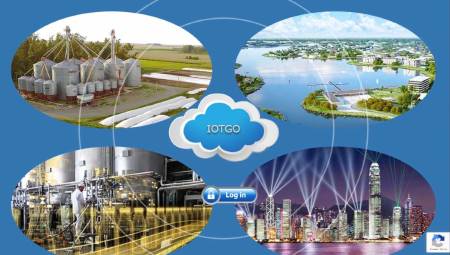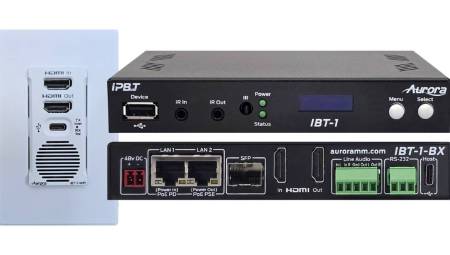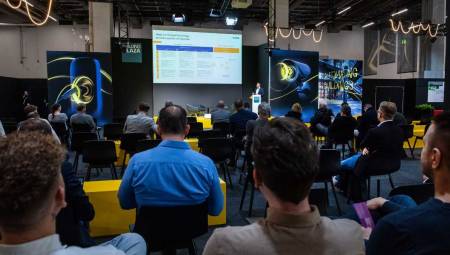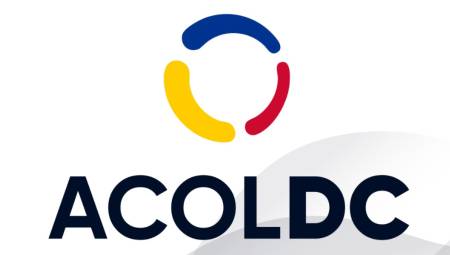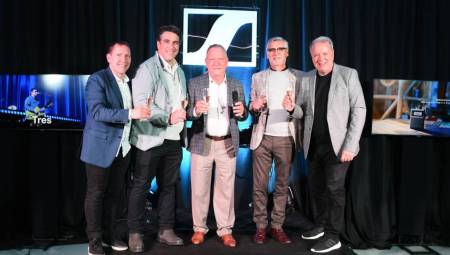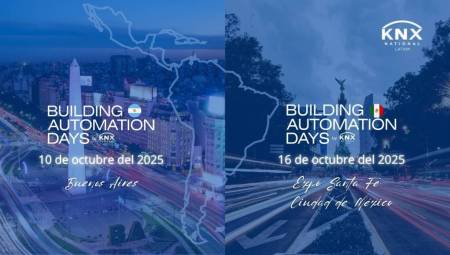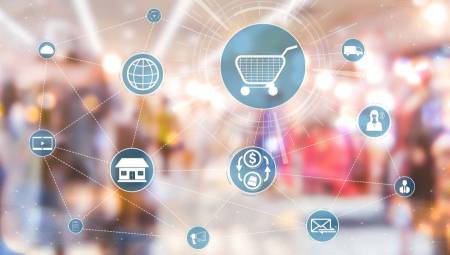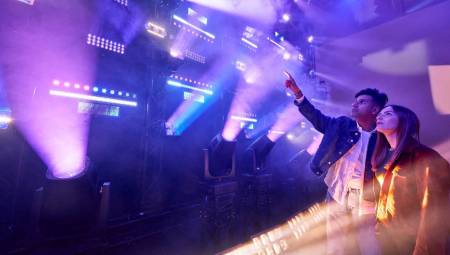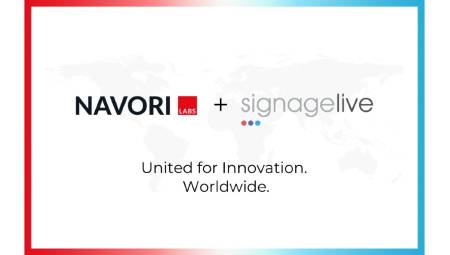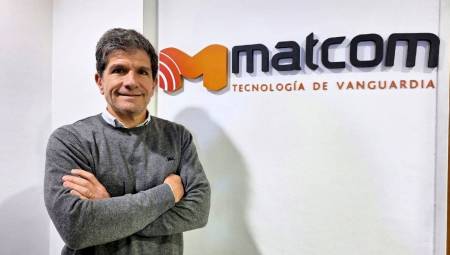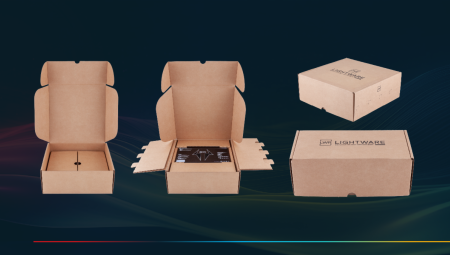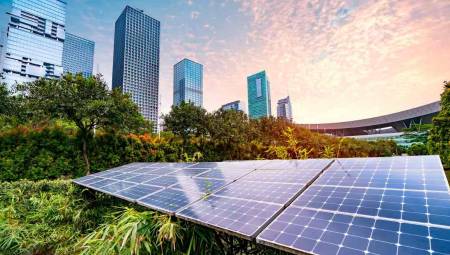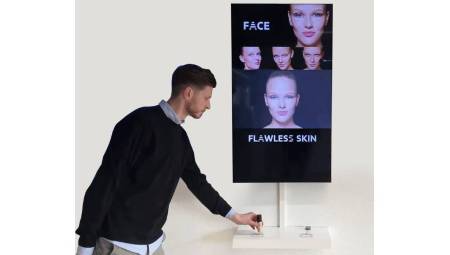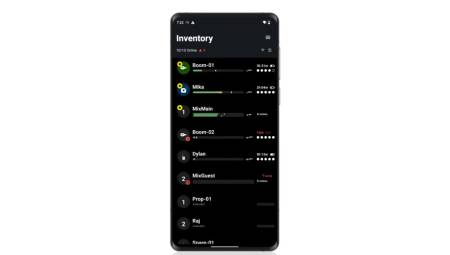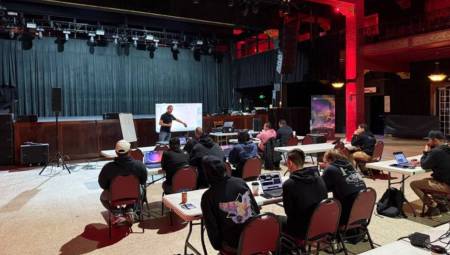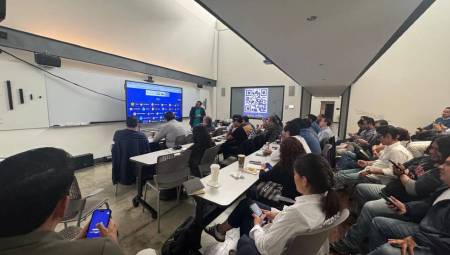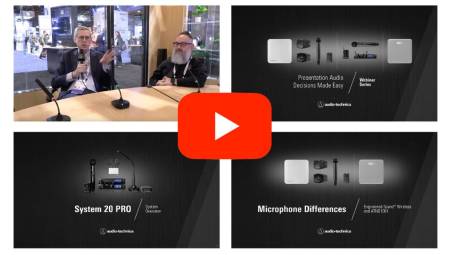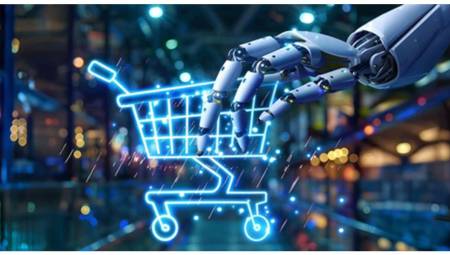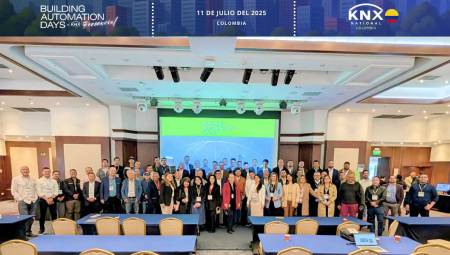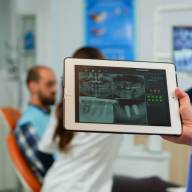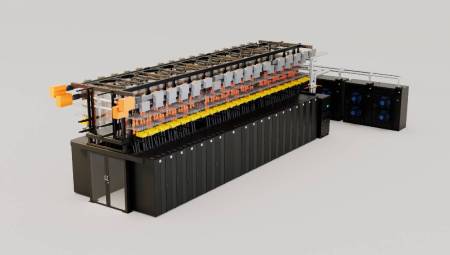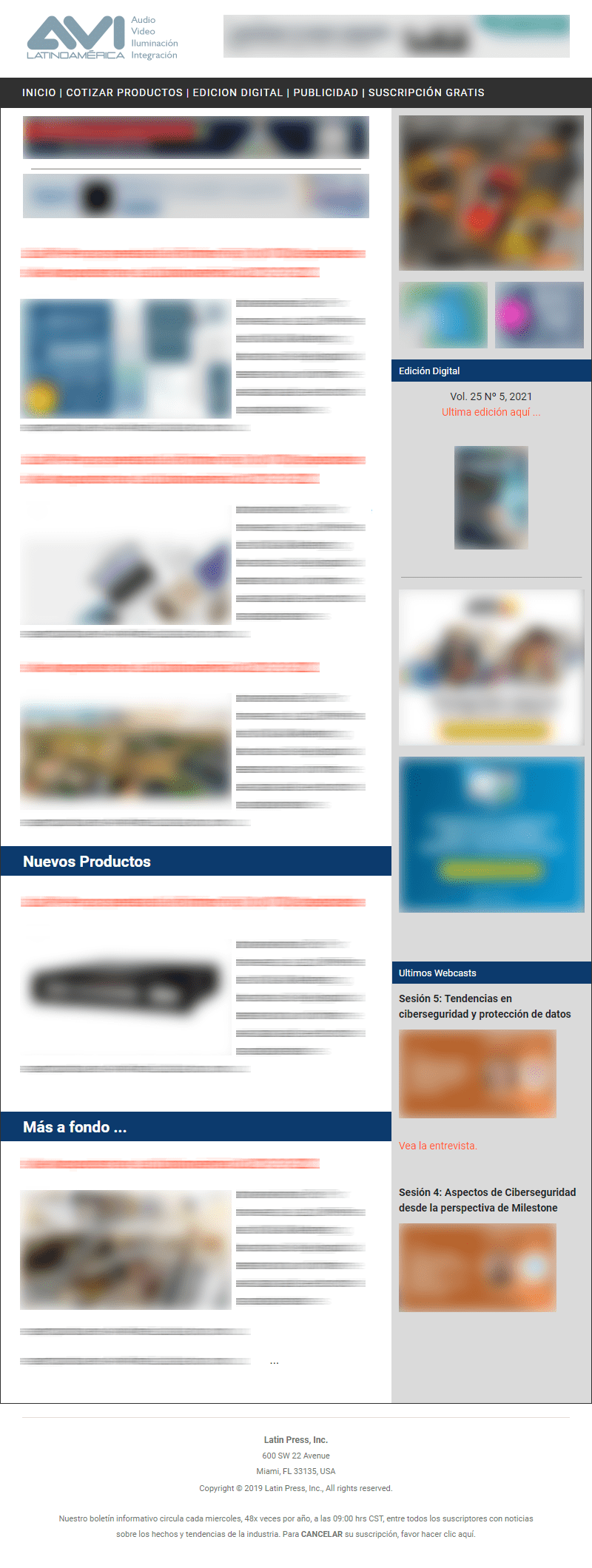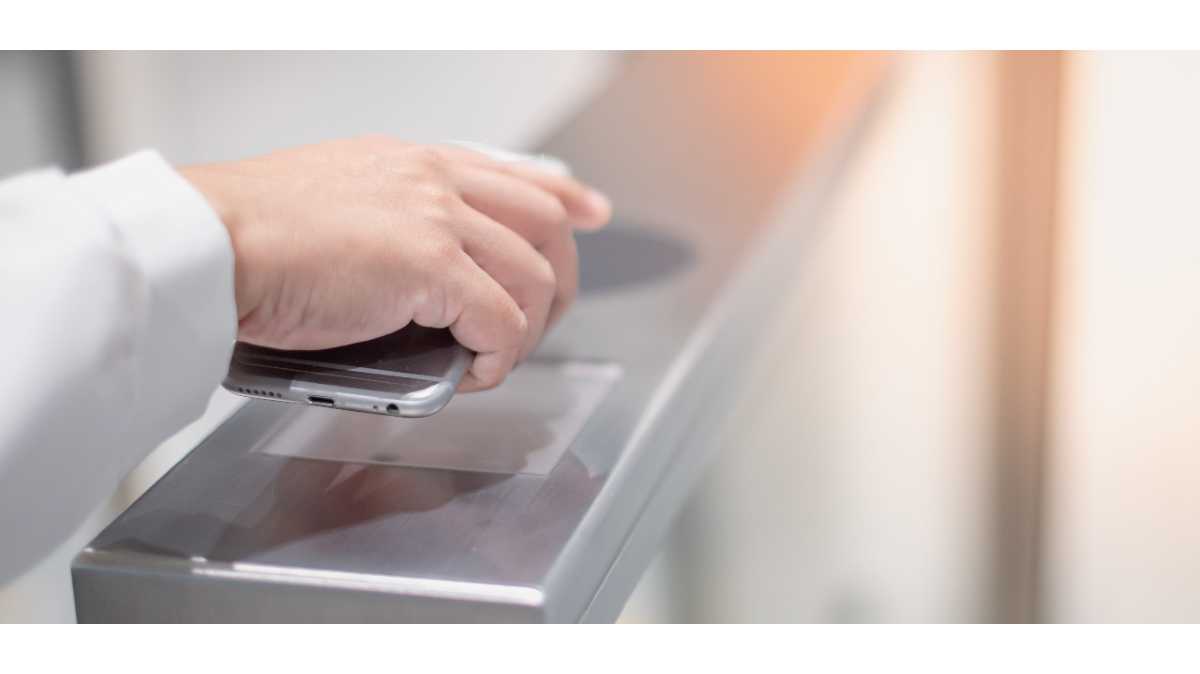 Mexico. Although technology had already been advancing by leaps and bounds on the subject of "contactless" solutions, the pandemic came to drastically accelerate this process; concern for hygiene fuels the demand for contactless technology. We have already completed one year of this health, economic, social, labor and emotional nightmare.
Mexico. Although technology had already been advancing by leaps and bounds on the subject of "contactless" solutions, the pandemic came to drastically accelerate this process; concern for hygiene fuels the demand for contactless technology. We have already completed one year of this health, economic, social, labor and emotional nightmare.
Touchless technology represents the convergence between Artificial Intelligence, Big Data, Internet of Things, Augmented Reality and sensors, many sensors...
Let's look at some examples that are already reality in various parts of the world:
Elevators with non-contact control panels. In Japan, the fujitec company developed a keyboard with Air Touch technology, so you will move your finger and make the gesture of pressing on the air indicating which floor you want to access. It has a congestion indicator that shows the degree of occupancy of an elevator, which will help users to take into account social distancing.
Fujitsu — also in Japan — is testing a contactless multi-biometric authentication and payment system. Registered customers make payments using palm authentication and facial recognition technology, and cameras are used to track customers' movements in the store and weight sensors to identify the products being carried. Payment is automatic when customers leave.
NEC, for its part, already sells security doors that do not require users to remove masks, mouth coverings or sunglasses and, therefore, touch their faces. They don't even have to touch their employee ID card. Artificial intelligence is used to compare the exposed part of a face with a database of recorded images.
Toshiba implemented a tabletop menu in which menu items, in their actual serving size, are projected directly onto the table, and orders are taken through sensors; as a form of entertainment, the cooking process can be projected onto the table during waiting.
This thing that happens in the eastern country will sooner or later be replicated on this side of the world and that the trend towards contactless technology has been gaining ground little by little since we can remember. But there is no doubt that COVID-19 is accelerating interest.
In fact, a study conducted in April 2020 by the Capgemini Research Institute revealed that 77% of consumers expected to increase the use of contactless technologies during the pandemic, and 62% indicated that they would continue to do so even after it ended.
Thus, we will see the boiling of emerging technologies, such as voice control, new solutions in digital signage and augmented reality (AR).
The novelty will be to focus on "connected experiences" driven by a sense other than touch: voice, which will be the preferred command to avoid contact with surfaces.
Companies will want to take advantage of downtime where people are eager to interact like in the car. Amazon, Exxon and Fiserve recently announced "Alexa pay for gas." The program, available at more than 11,500 Exxon and Mobile gas stations in the U.S., allows motorists with Alexa-enabled vehicles, Echo Auto and other Alexa-enabled mobile devices to say "Alexa, pay for gas" as they approach the pump. After refueling, your transaction is processed automatically, easily, and contactlessly through your Amazon Pay accounts.
The contactless office
The most recent technological advances are those that make the existence of contactless spaces possible. In a contactless office, the separate networks that control lighting and access control disappear. The end devices are integrated directly into the building automation system, and their control is automated, or managed from the user's phone. The new apps allow complete control of any connected device. These apps are similar to those used in smart home technology, but they allow to separate users and the advanced security that workplaces require.
All this is possible thanks to advances in network technology and its widespread implementation in devices. BAS devices can be connected directly to access and door control via Bluetooth, WiFi and IP communication. Lighting can be controlled using any number of protocols, starting with dedicated communications, such as the DALI lighting protocol, to more open systems.
In the hotel, health
The health implications we have seen since the start of 2020 have only underscored the need for self-directed processes in hotels that allow check-in, additions, updates, check-out and other services via mobile devices with little or no contact with hotel staff. Cloud-based infrastructure is necessary to enable the kind of environment in each hotel property that will make the guest feel empowered with both the functionality and distance they are looking for in a modern hotel stay experience.
Access control or secure access
Worry and uncertainty haunt businesses, businesses, restaurants, hotels, factories, shopping malls and other public places. We all want to continue working safely, but so far there are few serious efforts so that access to these spaces is considered with minimal health: some use a low-quality thermometer operated by a guard who in the end approaches you a few centimeters, so the rule of healthy distance is broken and thus we expose ourselves to contagion.
Multimedia Care proposes sanitary customs that in a single module include a thermal imaging camera or a high-precision thermometer (depending on the model), a touchless antibacterial gel dispatcher, a mat to disinfect footwear, a QR code to download a menu of solutions or personalized services for the place t a screen for advertising and digital signage that works as branding or to give important notices to employees and visitors. This sanitary customs is becoming a sensation between companies and a true avant-garde solution under the touchless concept.
The role of biometrics
The potential of biometrics to simplify travel at the airport is significant. In a controlled environment where regular identity checks are a necessity, biometric identity verification offers a more efficient way to confirm the passenger's identity.
A tokenized model allows the traveler to sign up with their biometric data only once, for example at a billing kiosk or using their own mobile device, where their face can be scanned and captured as a unique "token". This biometric sheet can be used as a basis for checking it against the passenger's face at the following identity checks at the airport and outside it. This token can be used for a single trip and then discarded, or the passenger can choose to keep it securely on their mobile device for future trips.
Text published by the Mexican company Multimedia.





